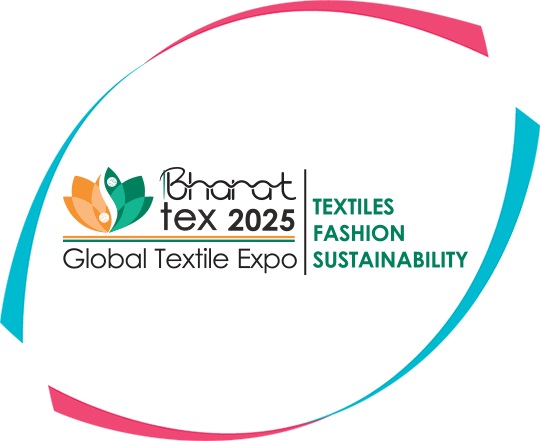
With COP 27 underway at Egypt’s Sharm El Sheikh, the fashion industry and its associates are present in large numbers to attend exhibitions, discussions and announcements pertaining to the sector that is under the spotlight for its excesses. For a while now, the global fashion industry has been pulled up for its damaging impact on the environment with several governments, particularly the EU, creating policies that require the industry’s compliance. Additionally, a new generation of environment-conscious consumers is demanding a more responsible approach from brands and retailers through transparency, from source to store.
Many industry attendees have expressed concern over the apparent lip service that fashion brands often pay, thereby questions are being raised about their commitment to sustainability and greenwashing techniques that many reputable brands have been accused of. In August this year, a New York resident filed an action suit in the US to sue global fast fashion giant for misleading consumers with its greenwashing methods. Whilst Uniqlo and Zara have not been taken to court yet, consumers are accusing them for greenwashing as well. The biggest concern about the fashion industry at the moment is that if it continues down the current path, , it will fall short of the decarbonisation targets required to conform with the UNFCCC’s 1.5-degree pathway by 50%.
Is net zero a possibility?
On the second day of COP 27, Copenhagen-based Global Fashion Agenda (GFA), a non-profit organisation that promotes collaborations on sustainability within the industry launched its Fashion Industry Target Consultation in partnership with the UN Environment Programme. The main objective is to achieve net zero through identifying and converging the sector’s current targets with a more concrete and holistic approach.
GFA hosted three events that were insightful as the events brought together various experts to put forward analysis-based solutions to address the critical concerns of the industry. The focus of these three events was on how to become net positive, alliances between sectors to decarbonize the fashion value chain and implementing circular systems. Federica Marchionni, CEO, GFA, said. “It is essential that leaders attending COP27 move beyond words to set clear commitments that are rigorously followed through beyond the conference, leading to implementation of concrete and urgent actions. Policymakers can have a tremendous influence over the future of the fashion industry and should use this moment to set ambitious and transformative parameters, not only on the climate but also considering the intersectionality of sustainability topics from equality and empowerment to living wages and contextual nature targets for instance on fresh water and biodiversity.”
Non-profit Canopy gains 500 pledges
Just prior to the commencement of COP 27, non-profit organisation dedicated to preserving forests, species and climate reached a milestone 500 mark of brands that pledged to work together to end the sourcing of viscose from ancient and endangered forests. Canopy and its partners have also pledged to push forward Next Generation Solutions that have on average 95 to 130 per cent less CO2 emissions, 18 to 70 per cent less fossil energy resource depletion, 88% to 100% less land-use impacts and at least five times lower impact on biodiversity and threatened species when compared to forest fibers.
The large representation of the global fashion industry at COP 27 was seen as a positive presence. This has called for optimism about the sector’s commitment on reducing its negative environmental impact steadily towards net zero at some point in time at least.












